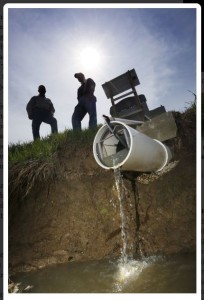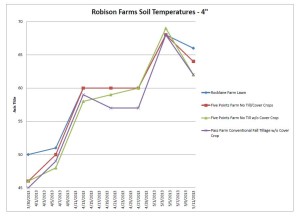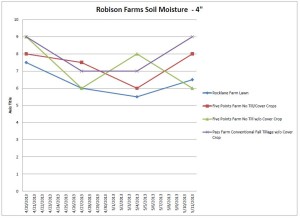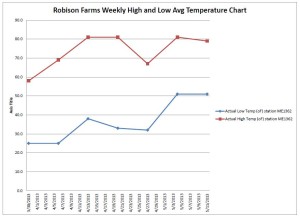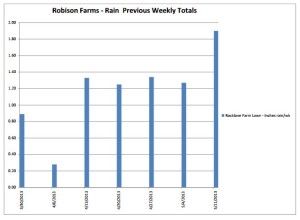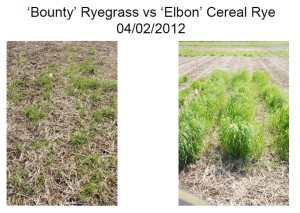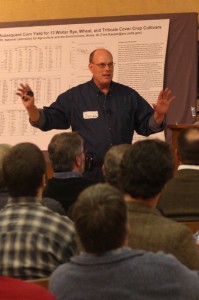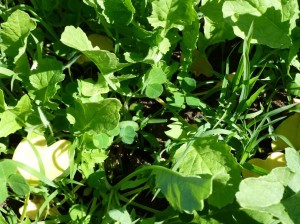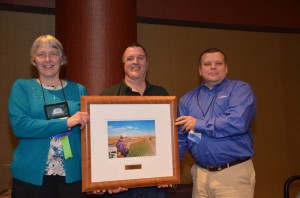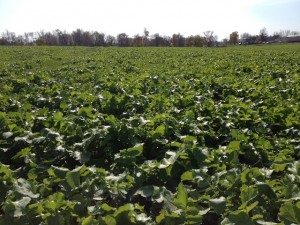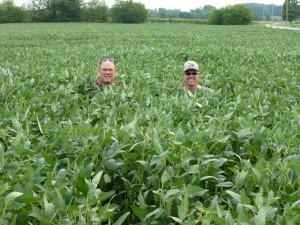
- During the fall of 2012, corn planted after cover crops had a 9.6% increase in yield compared to side-by-side fields with no cover crops. Likewise, soybean yields were improved 11.6% following cover crops.
- In the hardest hit drought areas of the Corn Belt, yield differences were even larger, with an 11.0% yield increase for corn and a 14.3% increase for soybeans.
- Surveyed farmers are rapidly increasing acreage of cover crops used, with an average of 303 acres of cover crops per farm planted in 2012 and farmers intending to plant an average of 421 acres of cover crops in 2013. Total acreage of cover crops among farmers surveyed increased 350% from 2008 to 2012.
- Farmers identified improved soil health as a key overall benefit from cover crops. Reduction in soil compaction, improved nutrient management, and reduced soil erosion were other key benefits cited for cover crops. As one of the surveyed farmers commented, “Cover crops are just part of a systems approach that builds a healthy soil, higher yields, and cleaner water.”
- Farmers are willing to pay an average (median) amount of $25 per acre for cover crop seed and an additional $15 per acre for establishment costs (either for their own cost of planting or to hire a contractor to do the seeding of the cover crop).
Regional Director – Extension Programs
North Central Sustainable Agriculture Research and Education (SARE)
University of Missouri
238 Ag Engineering Bldg.
Columbia, MO 65211-5200
Phone 573-882-1547
Email myersrob@missouri.edu
Web http://www.northcentralsare.
